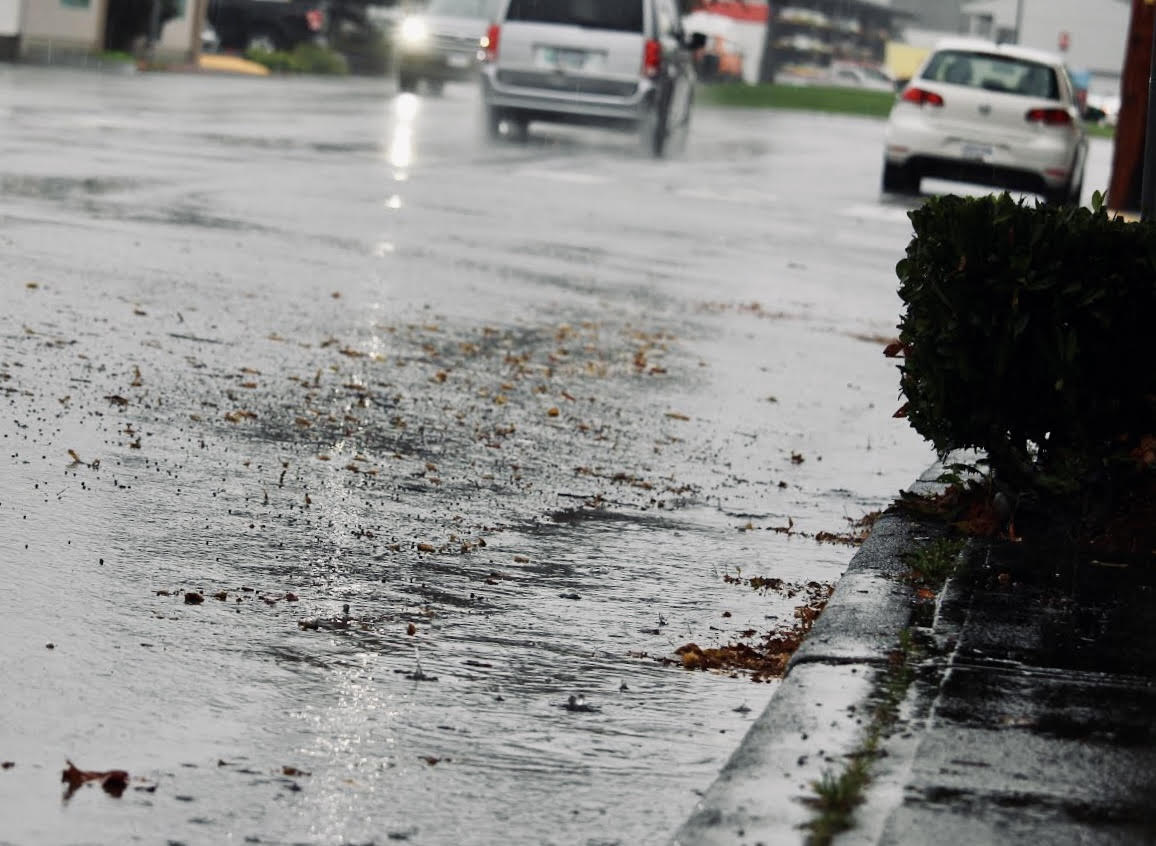While heavy rain seen in some parts of Vancouver Island may seem like a lot of rain, they are not enough to make a difference in the current drought.
That is according to BC Hydro senior stakeholder engagement advisor Stephen Watson, who adds that heavy rain seen Tuesday night made little difference to inflows into the Puntledge water system in the Comox Valley.
“It’s nice to see a bit of rain but really it has had no measurable impact in terms of water inflows into the Comox Lake reservoir,” said Watson. “It’s still trending downward and we’re still in the position of the lowest water inflows we’ve seen to date for September.”
The type of rain is called a convective rainfall and they usually have very short and intense spurts of rain, according to Environment and Climate Change Canada meteorologist Alyssa Chardonneau. She adds the difference they make varies quite a bit.
“They reported about four millimetres of rain. On the grand scheme of things that’s not that much rain and what we really need to move out of these very dry drought conditions is a sustained shift to wetter conditions,” said Chardonneau.
However, both Watson and Chardonneau say there appears to be a big transition coming for more rain on the weekend and into the following week.
“Right now, our forecast is showing a low-pressure system coming towards the South Coast of B.C., bringing a pretty good amount of rain across Vancouver Island and the South Coast,” said Chardonneau.
“We actually haven’t seen this pattern yet this fall. We’ve been seeing storms hit the North Coast of B.C. and weaken as they come across so, by the time we get anything down here it’s been dry.”
Chardonneau says, however, this coming storm will be a pretty big departure from the pattern we have been seeing and might stick around for a while.
Watson says that while 10 to 20 millimetres sounds like a lot of rain, we really need that type of rain sustained over multiple days to saturate the ground and bring inflows back up.
“For now, on the Puntledge River system we are still in an extreme conservation mode where the fish habitat flow is generally around 16 m3/s but we’re currently flowing at around eight,” said Watson.
“We would love to be able to increase flows for those salmon that are in the river system and of course the regional district is linked to our water flows.”
While getting a large amount of rain over a short period of time can cause some issues, the small amount of rain we have received will help prevent any issues that could come from heavy rain, according to Chardonneau.
She adds that there are things we can do to prepare for more rain, such as cleaning out drains and gutters and preparing for potentially slick roads as the rain comes down.






